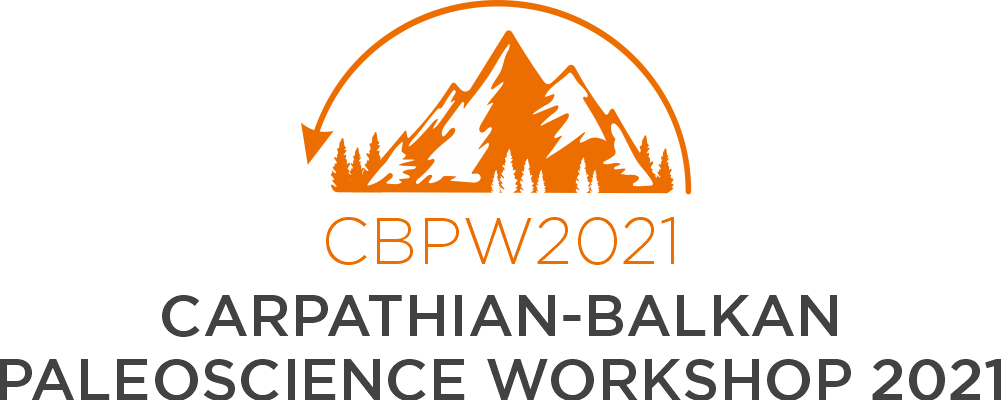Extreme events analysis based on documentary evidence in Romania. Study case: floods from 1865
Main Article Content
Abstract
The ongoing and projected climate changes affect present-day biodiversity and the services it offers, as well as the functionality of our society and its capacity to mitigate and adapt to these changes (IPCC, 2018). It is expected that the regions most impacted by climatic changes are those where biomes and land-use have experienced different socio-economic and political regimes, for example, Southern and Central Eastern Europe. The link between climate and land is causal (e.g., the land influence the fluxes and energy, if there is any change among one of these, the fluxes will be altered (Dale, 1997)). In these regions, the interlinked changes in climate and biomes are superimposed on land use changes, thus the entire system will be affected. Instrumental data and climate projection derived from numerical simulation indicate significant variability and trends over the past decade to the millennia (IPCC, 2018). Further, numerical simulations of the CMIP5 (Coupled Model Intercomparison Project, Phase 5) for scenarios RCP2.6 and RCP8.5 predict that for the period between 2051 – 2100 there will be an increase in frequency and amplitude of dry spell and heavy rainfall (Jacob et al., 2014) and an decrease in the cold spells, especially over the southern and eastern part of Europe. The frequency of these extreme events is expected to increase in a warming world, which in turn will have important consequences on all environmental components (IPCC, 2014), concurrent with their impact on the human society (Bădăluță, 2019). For example, it is well documented that over the recent past, the Carpathian region have already experienced prolonged droughts (Ioniţă et al., 2016), increased frequency of flash floods (Chendes et al., 2015) and harsh winters (Ionita et al., 2018; Bădăluță et al., 2019a). Among proxy data, one of the best candidate for reconstructing past variability of the climate are the documentary evidences. The aim of this study is the analysis of the main documentary sources, including the advantages and disadvantages, as well as the potential of their use for paleoclimatic and paleoenvironmental studies. Moreover, the main methods and a study case obtained from this type of historical investigations (historical climatology) for Romania will be presented.


